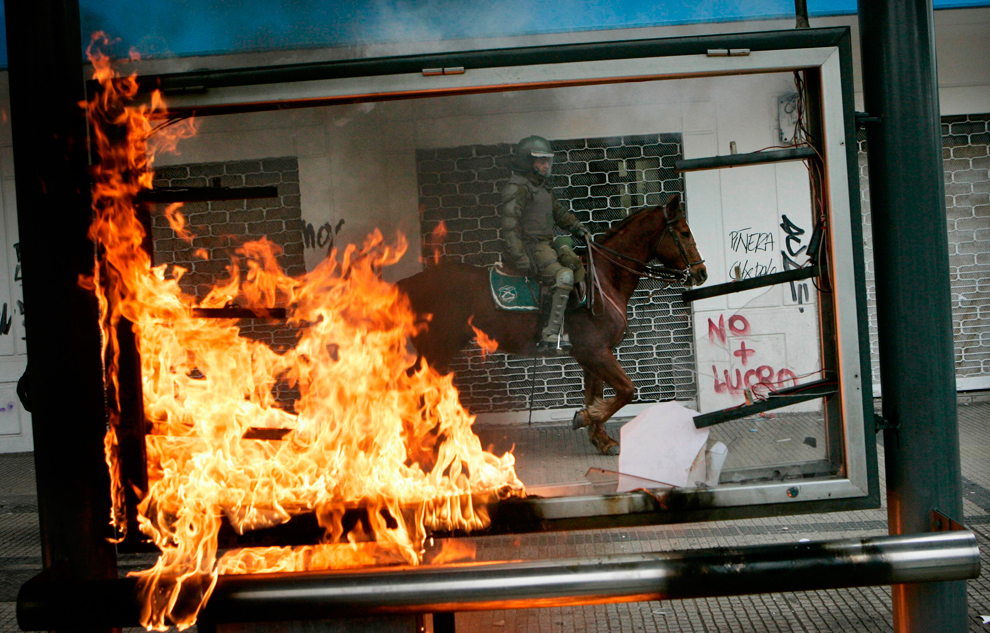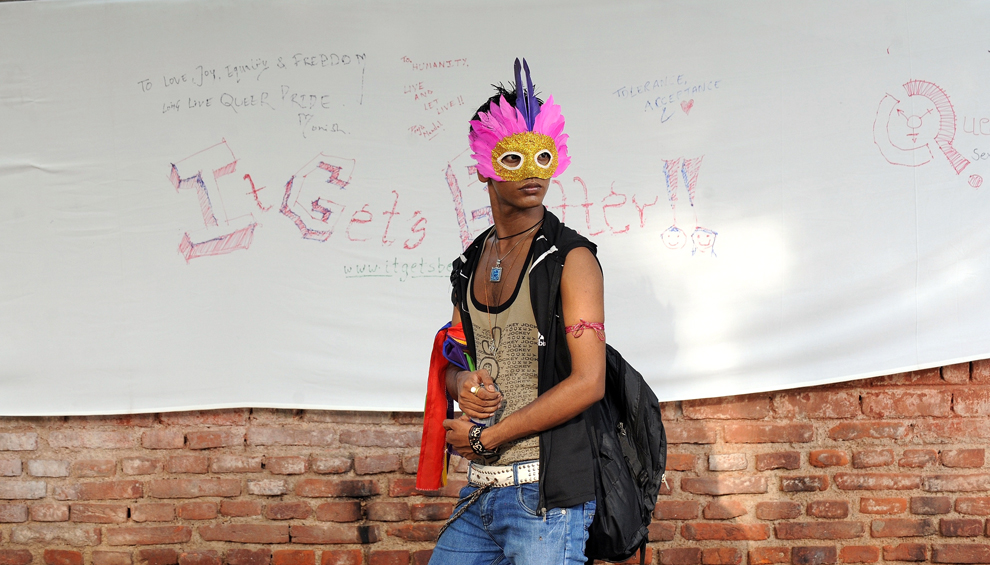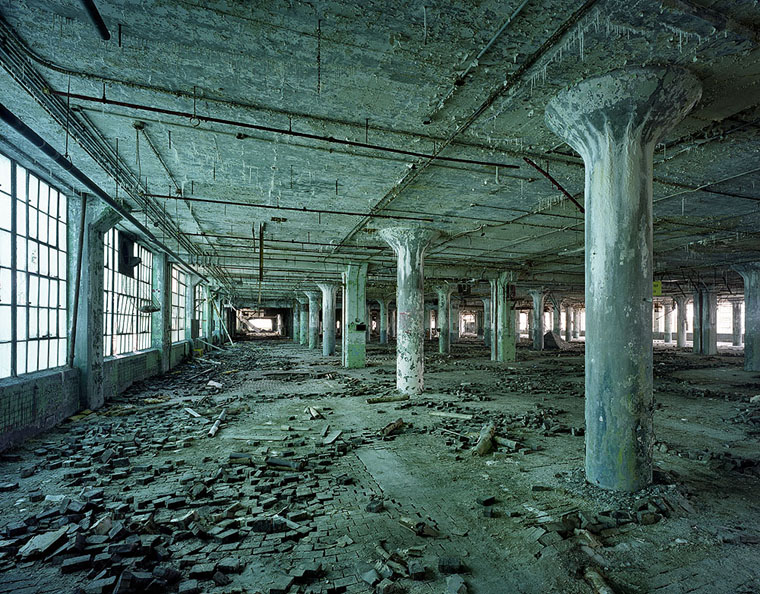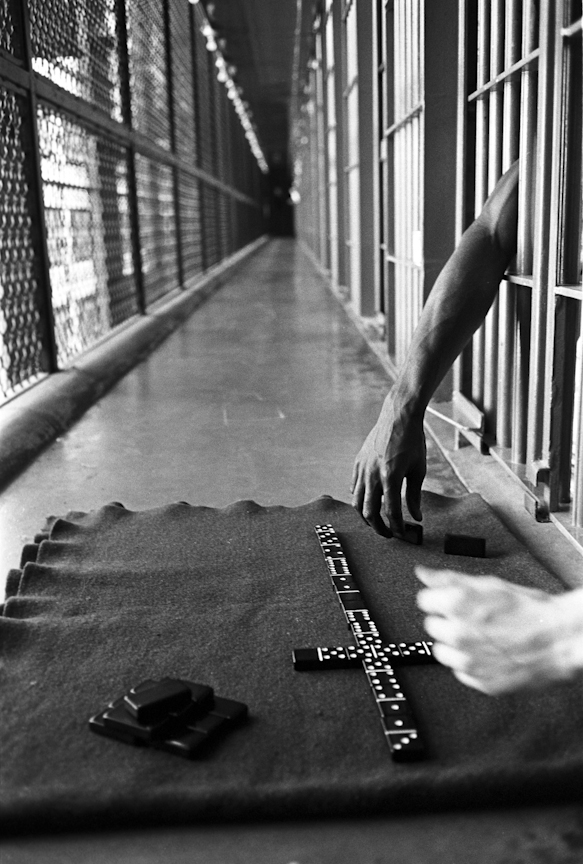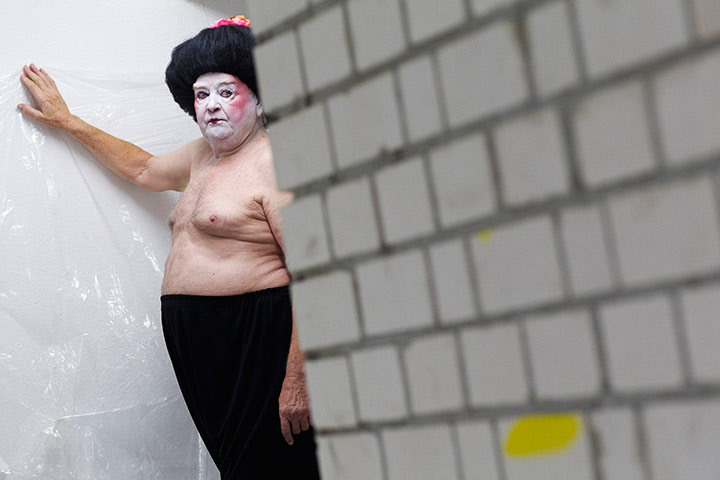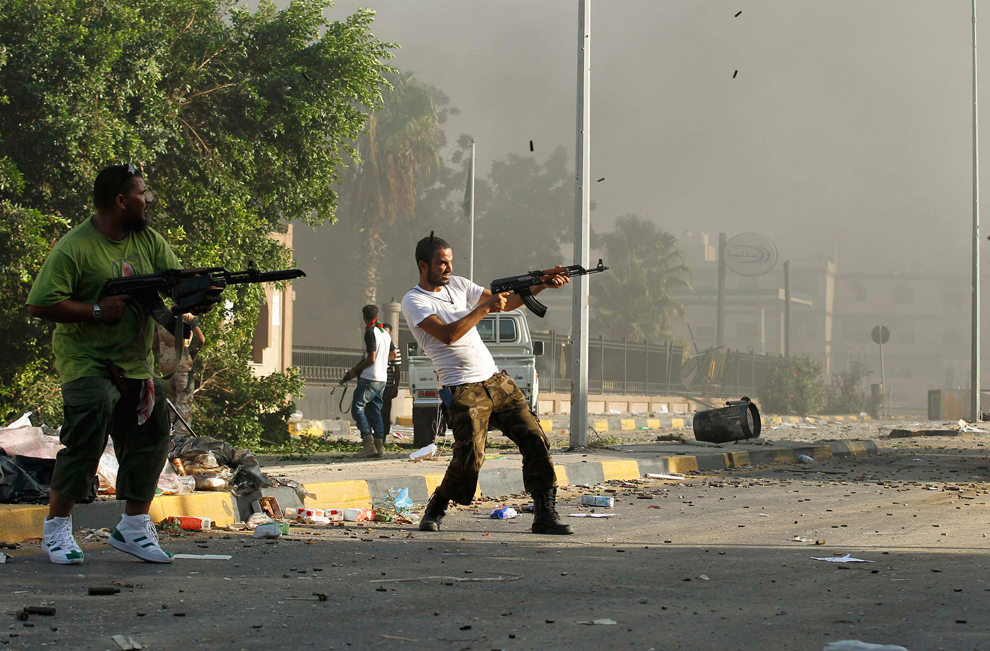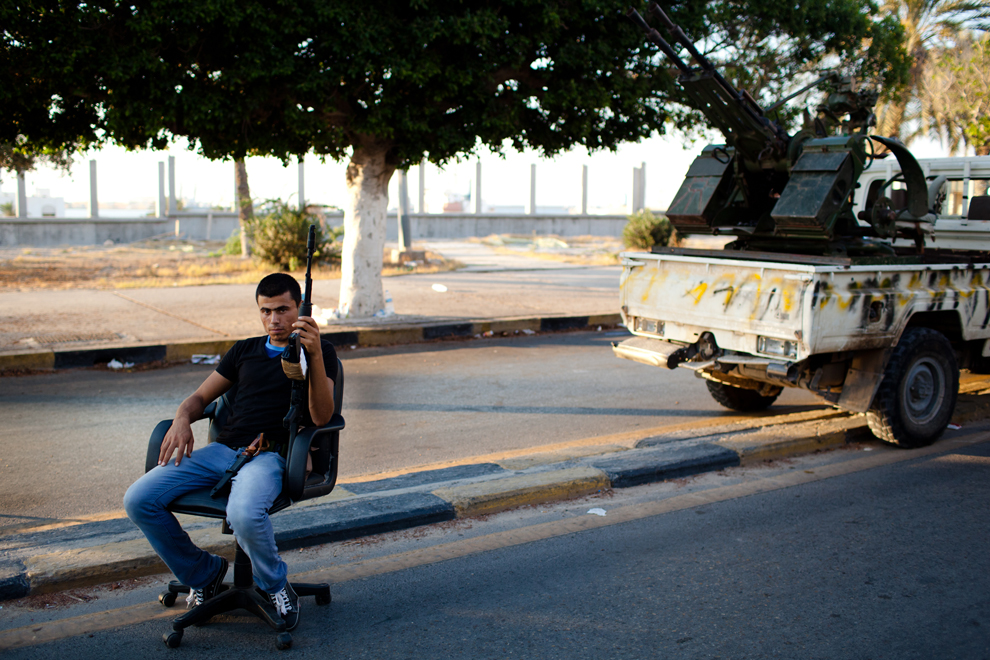Both Patti Smith and Don DeLillo have said that something to the effect that the key to civilization may lie in the transformation of waste. I assume they were talking about shit and bad food and everything else that might come under the label of garbage–except human beings. But people are called garbage and treated worse. Like this.
A drug cartel has dumped two truckloads of bodies on a road in Veracruz. The New York Times emphasized that bystanders provided updates on Twitter during the traffic delay. Really. That kind of moral and emotional insulation isn’t free, but there is plenty available. The unusually long distance between the bodies and the viewer helps as well. Perhaps for that reason, I find a forensic mentality also seems appropriate. Look closely and you can see that some of the men have their hands tied behind their backs, while all have been partially stripped. Criminal executions are fodder for a brazen display of power against an ineffectual state, while the yellow curb stands in for the tape that will mark the crime scene when the authorities do arrive.
Like the police, the spectator may want to dote on literal details: Have the bodies been moved? Was anything moved before the photo was taken? These questions can be the key to successful prosecution, but for those of us not working in criminal justice, they also become another way of distancing oneself emotionally from the horror, loss, indecency, and threat to civil society that this image represents.
Others may not have the luxury of distance.
The caption at the Guardian said that “a rebel fighter looks at the charred remains of burnt bodies at the Khamis 32 military encampment” in Tripoli, Libya. True enough, but the text is also a euphemism. He is looking, and he also is gagging, and that is the more important gesture here. He may be a young man, but it is more to the point to say that he is someone capable of an honest, humane reaction to the horror of war. His soft, civilian clothes and shoes and lack of a helmet testify to his amateur status, and, frankly, he is lucky that he is not yet battle-hardened enough to be insensitive to human remains. The question remains whether that has happened to us. By not being able to smell the charred flesh or stare into the body cavities while still glancing at the photograph, it becomes easy to react without feeling.
Sure, war is hell, including drug wars, but what about the steady destruction of human beings because of larger political, social, and economic failures? Think of the continuing violence in Mexico, Libya, Iraq, Afghanistan, Somalia, Congo, and many more areas where drug cartels, civil wars, mercenary armies, and the rest of anarchy’s legions are turning people into human waste. If nothing else, disposal could become a problem. Burnings don’t last long enough, mass graves can be dug up, drowned bodies wash ashore–you might as well let people live.
But they don’t let people live. One of the challenges civilization faces today is not becoming habituated to the insidious, localized, but persistent and awful ways that human beings are being transformed into waste. One could do worse than following the example provided by the ordinary individual in the second photograph: that is, to look at the carnage and choke on the close encounter with inhumanity.
Photographs by Veracruz en Red/European Pressphoto Agency and Louafi Larbi/Reuters. You can see more of the Libyan photos, along with comments that support my point that literalism can be a means for moral and emotional denial, here.


